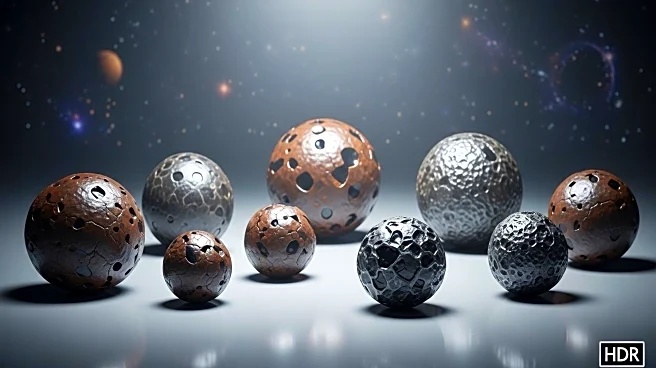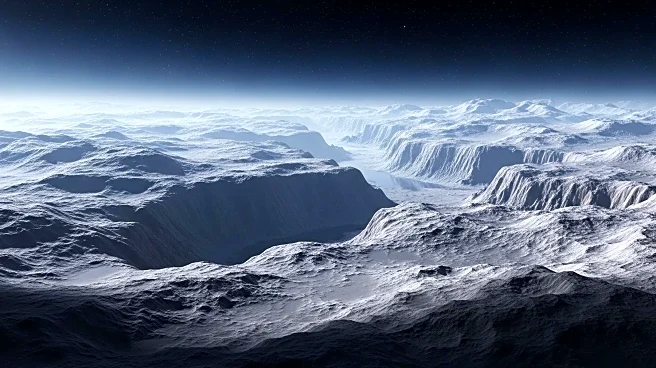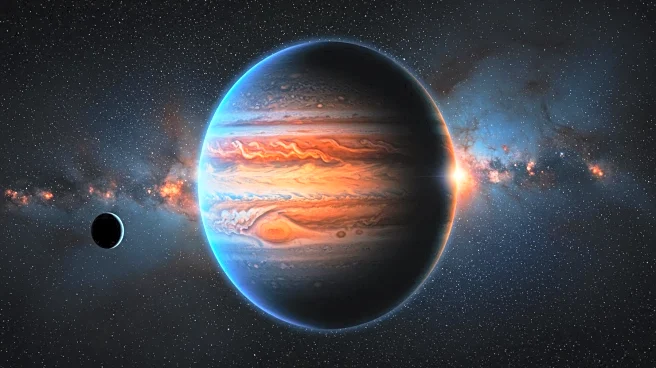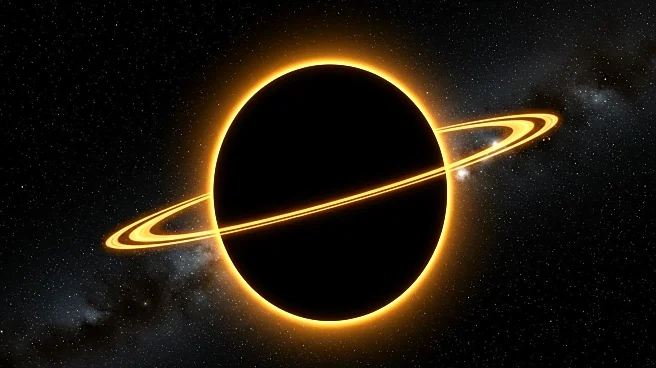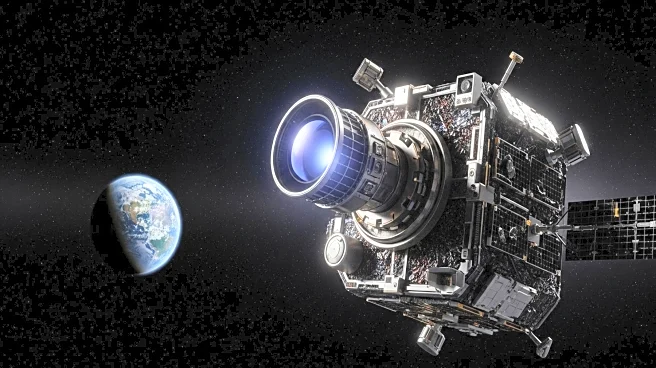Rapid Read • 7 min read
Researchers from Nagoya University and the Italian National Institute for Astrophysics have used chondrules, spherical droplets found in meteorites, to date Jupiter's formation. These chondrules formed from high-speed collisions between planetesimals in the early solar system, influenced by Jupiter's gravity. The study reveals that Jupiter's formation occurred approximately 4.6 billion years ago, coinciding with the peak production of chondrules. This discovery provides new insights into the conditions of the early solar system and the role of Jupiter in shaping its dynamics.
AD
Understanding Jupiter's formation is crucial for comprehending the evolution of the solar system. Jupiter's massive size and gravitational influence have played a significant role in the distribution and formation of other celestial bodies. By pinpointing its age, scientists can better understand the timeline of planetary formation and the processes that led to the current configuration of the solar system. This research also highlights the interconnectedness of planetary formation and the development of meteorites, offering valuable data for future studies.
Further research is needed to explore the formation of other chondrules with different ages, potentially linked to the creation of other planets like Saturn. Scientists may use similar methods to investigate the formation timelines of other celestial bodies, enhancing our understanding of the solar system's history. This study opens avenues for more detailed models of planetary formation, contributing to the broader field of astrophysics.
The study of chondrules and Jupiter's formation raises questions about the broader implications of planetary dynamics. Understanding these processes can inform theories about the potential for life on other planets and the conditions necessary for planetary habitability. The research also underscores the importance of interdisciplinary collaboration in advancing scientific knowledge, combining expertise from geology, astrophysics, and computer modeling.
AD
More Stories You Might Enjoy


